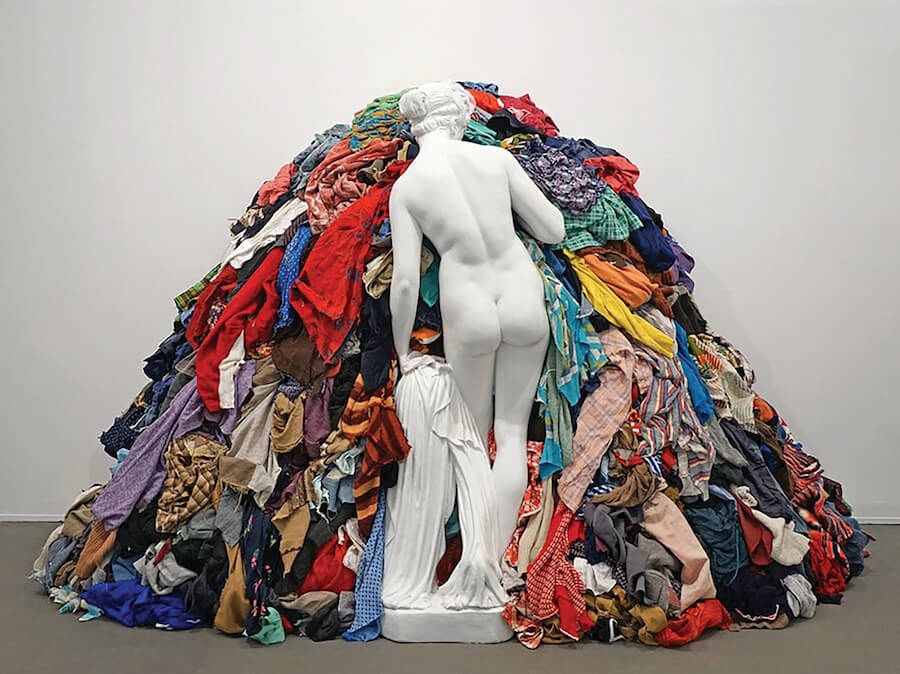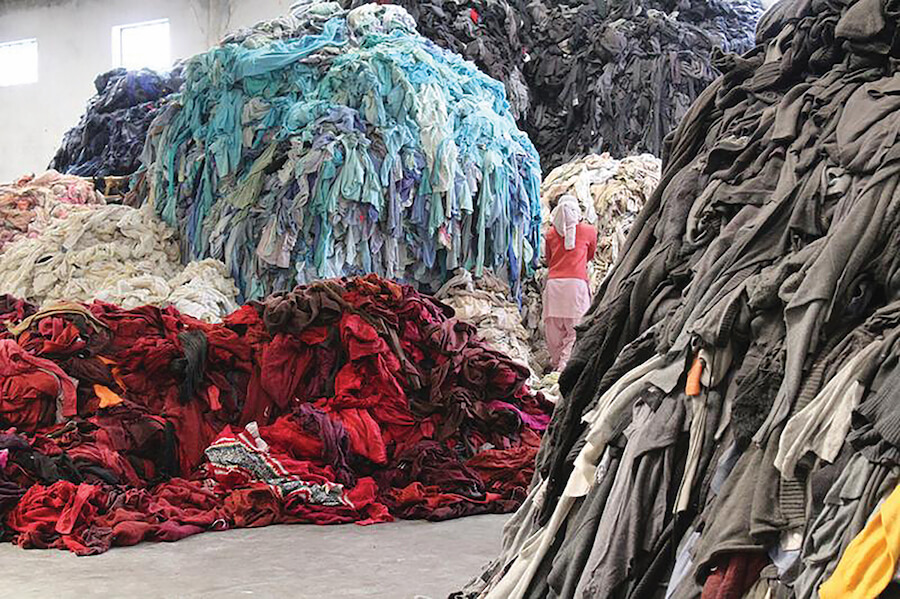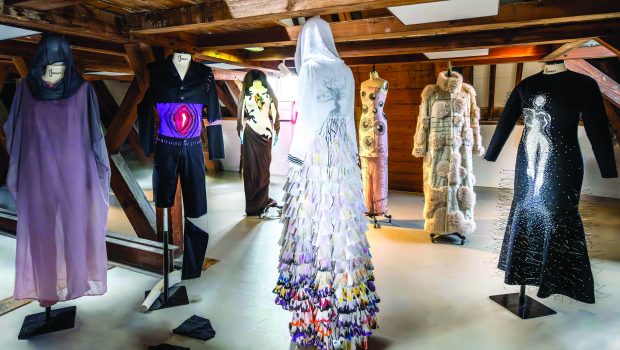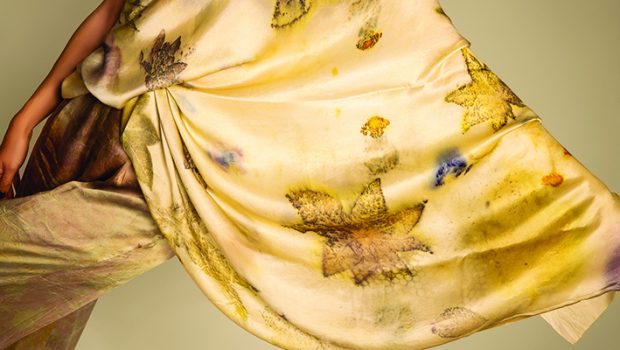From Eco-Villain To Saviour: Can fashion save the world?
As the realities of climate change become more and more real against a backdrop of current and future issues, including a summer of fires in the high Arctic and the Amazon, some fashion companies take their environmental impact very seriously. However, the grim reality remains that we need to rethink our relationships with clothes and attitudes to shopping.
Words: Alina Anisimova

The fashion industry is one of the biggest and oldest industrial sectors in the world — and a thirsty one. It is the second largest consumer of water after agriculture; and while it takes 2,700 litres to grow enough cotton to produce just one t-shirt, 7,000 litres of water are needed to make a pair of regular blue jeans. The industry is also responsible for about 10% of all greenhouse gas emissions, 20% of global water pollution, and it consumes more energy than the entire nation of Switzerland.
Over the course of the last decades, global clothing production has more than doubled to meet the growing demand. Thanks to falling costs and rising spending, people buy more clothes and keep them half as long as they did in the early 2000s. High street brands used to produce a few collections per year fifteen years ago, but this had increased to five by 2011, and today, some fast-fashion chains as Zara offer more than 20 collections annually, while H&M manages up to 16.
The problem is exacerbated by the fact that only 15% of the clothes we discard is recycled. More than half of all garments made annually are chucked away within a year of production, rapidly adding to the global pile of garbage, where they can expect to spend anything from 40-200 years, depending on their composition. While natural fabrics like cotton take as little as 5 months to decompose, synthetic ones need up to 200 years.
The figures are disputed but the message is clear: fast fashion is a major polluter that focuses on a business model where revenues are based on speed and low costs.
A Positive Future
All hope is not lost, though. Change is already starting to happen as the smart, forward-looking marketers recognise a range of reputational risks. They realise that sustainability matters — but it also sells. Over the past years, the fast fashion industry has found itself criticised for its harmful practices and negative environmental impacts.
At the same time, consumers are increasingly concerned about the environmental and social challenges — they are demanding ethical production practices and responsible retailing. They will reward fashion brands for addressing these issues and they will avoid brands that are unsustainable. This is one of the reasons why we are witnessing both high-end brands and mass market retailers around the world becoming increasingly competitive in their efforts to become more sustainable in response to demand from Millennial and Gen Z consumers.
H&M Group aims to lead the change towards a 100% circular and renewable fashion industry, with an ambition to shift from a linear to a circular model by 2030. The global fashion company has also signed on to a new project called the Jeans Redesign, agreeing to set out minimum requirements on garment durability, recyclability and traceability, in order to ensure jeans are being produced in a socially and environmentally responsible way.
The Californian apparel company Patagonia actively encourages shoppers to buy less and to reduce, repair, reuse and recycle their clothing and equipment instead: “We design and sell things made to last and be useful. But we ask our customers not to buy from us what you don’t need or can’t really use. Everything we make – everything anyone makes – costs the planet more than it gives back.” If not a revolution at this point, then, though surely a significant gesture.
Collaboration Matters

While a lot of environmental issues that have been caused by businesses can be fixed by businesses, the fact is, many of the systems transformations towards more sustainable solutions actually need to be lead by the public sector. That’s why any government serious about reducing carbon emissions to net zero by 2050 and achieving true sustainability, should be taking fashion seriously.
In August, 32 fashion companies signed a Fashion Pact, the government-backed sustainable clothing action plan to reduce greenhouse gasses and emphasize sustainability in the industry, under the guidance of French President Emmanuel Macron at the G7 summit in Biarritz. They included Chanel, Ralph Lauren and Prada and some other luxury houses as well as fast fashion leaders H&M Group and Zara.
The G7 Fashion Pact marks the first serious broad-based collaboration between the clothing retailing sector and governments to tackle global environmental challenges. This includes removing single-use plastics, increasing biodiversity, shifting towards 100% renewable energy by 2030, and achieving net-zero carbon emissions through reduction or offset programmes by 2050.
Whether or not the fashion industry leads the change towards sustainability, only time will tell. But the fact is, where brands produce, consumers will follow. It’s all about reducing, the unsustainable choices for the consumer. Because at the end of the day, if the industry can offer a wide range of beautiful, ethically produced clothing at competitive prices, the consumers will purchase it.









